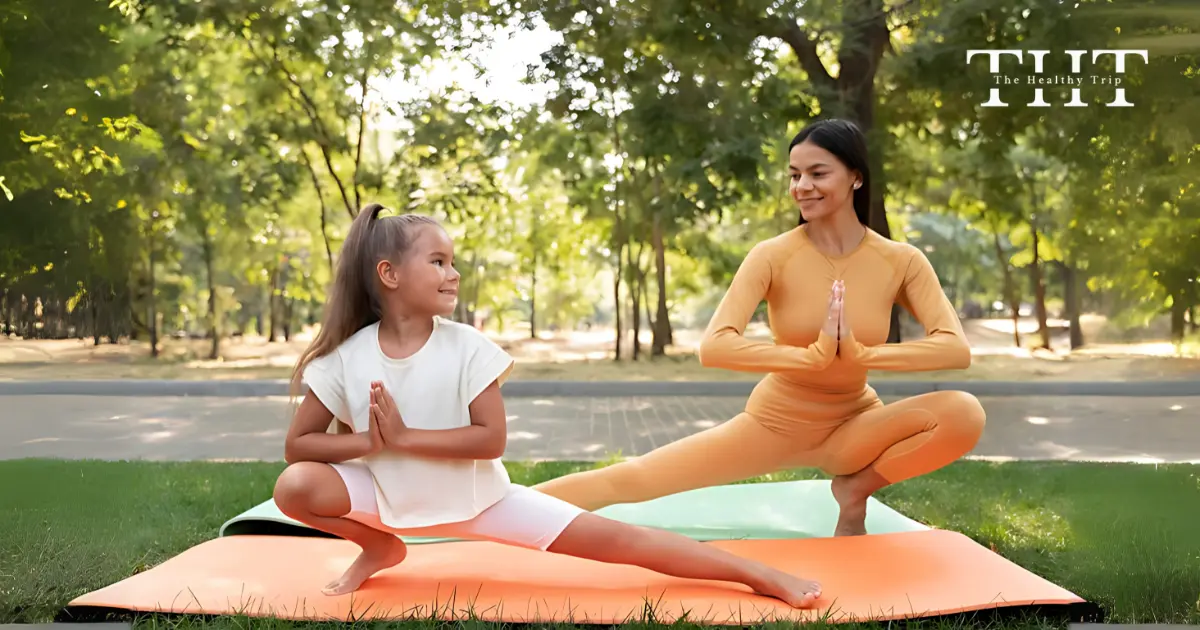Table of Contents
Meditation in particular is an effective practice that can enable stress to decrease, attention to increase, and also improve the general quality of life. If you have had the intention of beginning a meditation but you do not know how to go about it, you are in good company. Below is a short checklist to guide you on how to start making a shift to become a person who meditates.
What is Meditation ?
Meditation is a method of concentrating the mind for the purpose of reaching a state of rest. It does not demand any prerequisites to be met, such as a certain location or equipment and apparatus; it only needs time invested in your mental health.
How to do Meditation
1. Find a Comfortable Space
Select a small, secluded, and calm place where you will not be interrupted. It could be in a corner of your house, a park, or even in your office while you take a cup of coffee break. Position is important, so lean back against a cushion or chair and keep your back straight.
2. Start Small
You don’t have to sit on a quiet bench in the park for days to practice meditation. As for the beginners, it is enough to start with 5-10 minutes a day. They can be made shorter at first and increased over time, or with practice, the time spent in the sessions can be increased.
3. Focus on your breath.
The act of taking a breath is what holds its position in the middle of the process. Try to focus on breath as if it is coming from far and going to far away. If, however, you find yourself drifting off (which is okay), just bring your concentration back to your breath.
4. Use guided meditations.
If sitting in silence feels challenging, guided meditations can be a helpful starting point. Apps like Calm, Headspace, or Insight Timer offer beginner-friendly sessions that guide you through the process.
5. Be patient with yourself.
Static is not something to be avoided in meditation, as often is thought to be the case. You don’t have to fight those thoughts; you simply have to allow them to pass through your mind. The purpose is simply to create mindfulness and practice focusing on the present moment once again should the mind wander.
6. Establish a routine
It is very important to stick with the plan to make meditation a routine. Consider to meditate at a confirmed time, probably early morning after waking or in the evening before sleeping.
7. Explore Different Techniques
Different kinds of meditation include mindfulness, or loving kindness, body scans, progressive relaxation, and others. The latter is more suitable for the circumstances when you need to change your working paradigm; otherwise, practice different techniques to discover which one is effective for you and your team.
Benefits of Meditation
By dedicating a few minutes daily to meditation, you can experience benefits like:
- Reduced stress and anxiety.
- Improved concentration and clarity.
- Enhanced emotional well-being.
Conclusion
Learning how to do meditation, it doesn’t have to be all that complicated. If you have a place to be alone, just a few minutes each day, and consistency, you can experience the changes. The goal of the journey is as valuable as the destination. Take it easy and just soak up the moments of learning about yourself and being in the here and now.










